Choosing the right ice skates depends on your goals. Are you skating for fun, improving your skills, or trying something new? Here’s a quick breakdown to help you decide:
- Recreational Ice Skates: Best for casual skating. They’re comfortable, durable, and easy to use. Perfect for beginners or family outings.
- Training Skates: Built for performance. These are ideal if you’re serious about figure skating or hockey. They offer stiffer boots and precise blades for advanced techniques.
- Snowfeet Skiskates: A unique option for snow, not ice. They’re compact, attach to winter boots, and let you glide on snowy trails or slopes. Great for outdoor adventures.
Quick Comparison
| Type | Best For | Key Features | Price Range |
|---|---|---|---|
| Recreational Skates | Casual skating, beginners | Comfortable padding, durable, stable blades | $50–$150 |
| Training Skates | Advanced techniques | Stiffer boots, precision blades | $150–$400+ |
| Snowfeet Skiskates | Snowy terrain | Lightweight, portable, attaches to boots | $250–$575 |
If you’re sticking to rinks, go with recreational or training skates. But if you want to try something different, Snowfeet Skiskates let you enjoy snowy landscapes in a whole new way. Ready to find your perfect pair? Let’s dive in!
What Are Recreational Ice Skates?
Recreational ice skates are all about comfort. They're perfect for casual outings, family fun, or anyone who's just starting to skate. Unlike skates built for speed or precision, these are designed to feel good the moment you put them on.
Main Features and Benefits
Recreational skates are packed with features that make skating enjoyable for beginners and casual skaters alike:
- Comfortable Padding: These skates are loaded with thick padding, soft foam, and insulated liners to keep your feet warm and dry. That extra cushioning helps prevent the aches and pains new skaters often experience.
- Durable Build: Most recreational skates have a tough plastic body, making them great for outdoor skating. Whether you're on a pond or an outdoor rink, they can handle rough ice and last longer.
- Stable Blades: The flatter, wider blades provide more stability than the thinner blades on performance skates, which makes balancing and learning to skate much easier.
- Easy to Use: Many models come with D-ring eyelets for quick lacing and arrive pre-sharpened, so you can hit the ice right away. The anatomically molded shells also give a supportive fit straight out of the box.
Take the Bauer Colorado 2.0, for example. These skates feature thick foam, a soft felt liner, and a sturdy synthetic leather collar. They’re pre-sharpened with a standard ½" radius and designed for balance and glide - perfect for beginners.
Another great option is the Riedell Skates Opal, known for its accurate sizing and impressive comfort. These boots are specifically crafted to avoid the common foot discomfort that often troubles new skaters.
Best Uses for Recreational Skates
Recreational skates shine in laid-back, casual settings. They're great for public skating at your local rink, family outings, or even a fun date night on the ice. Thanks to their comfortable design, you can skate for hours without sore feet, making them ideal for social activities.
They also work wonderfully for outdoor pond skating. Their durable plastic construction stands up to the rougher ice surfaces you’ll find outdoors, and their wider blades give you more stability on uneven terrain.
Another big plus? Affordability. Recreational skates are budget-friendly, making them accessible for families or anyone trying skating for the first time. You don’t need to invest in expensive, high-performance gear to enjoy yourself on the ice.
And let’s not forget about low maintenance. Unlike performance skates, which often need frequent sharpening and special care, recreational skates are easy to manage and user-friendly.
Snowfeet* Skiskates as a Modern Alternative
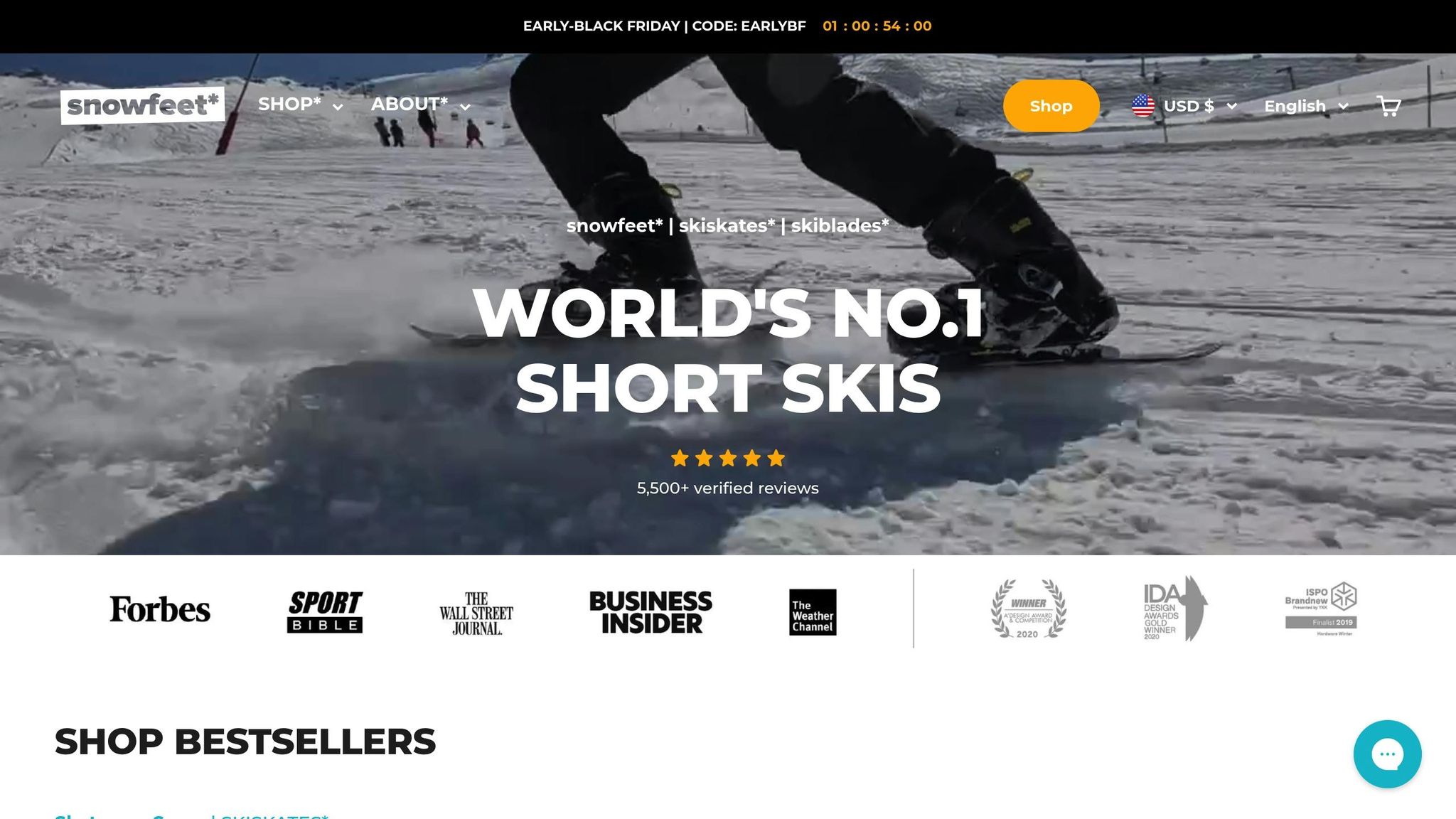
If you want to take your winter fun beyond the rink, Snowfeet* Skiskates offer a fresh twist on recreational skating. These nifty skates are designed for snowy terrain, giving you more ways to enjoy the season.
- Portable and Lightweight: Snowfeet* are small enough to fit in a backpack, unlike bulky ice skates that require a rink. You can take them anywhere for spontaneous winter adventures.
- Use with Winter Shoes: Forget uncomfortable skate boots. Snowfeet* attach to your regular winter shoes, giving you a comfortable fit and a hassle-free experience.
- Multi-Terrain Fun: While ice skates limit you to rinks or frozen ponds, Snowfeet* work on packed snow, groomed trails, and even gentle slopes. You’re not tied to ice conditions anymore.
- Easy to Learn: If you’ve ever rollerbladed or ice skated, you’ll pick up Snowfeet* in no time. They’re designed to be simple and fun, which fits perfectly with the recreational skating vibe.
Whether you’re gliding on a frozen pond or zipping down a snowy trail, recreational skates and Snowfeet* both offer exciting ways to enjoy winter on your terms.
What Are Training Skates?
Training skates are designed to prioritize performance over comfort, making them ideal for mastering advanced techniques like figure skating jumps or quick hockey stops. These skates focus on control and precision, with every detail - like a stiffer boot or specialized blade - crafted to translate your movements seamlessly to the ice. When you're fine-tuning complex skills, you need gear that keeps up with you.
Main Features and Benefits
Training skates come packed with features that help skaters refine their skills and push their limits:
- Stiffer Boot Construction: Unlike recreational skates, which use softer materials for comfort, training skates are built with rigid leather or synthetic shells. This stiffness provides top-notch ankle support, which is crucial for executing jumps, spins, and quick direction changes without risking ankle rolls or unwanted flexing. It might feel stiff at first, but that structure is what keeps you in control.
- Advanced Blade Technology: The blades on training skates are a step above. Made from higher-grade steel, they maintain their edge longer and can be sharpened to exact specifications. Figure skates include toe picks for spins and jumps, while hockey skates feature shorter, more curved blades for tighter turns and explosive acceleration.
- Reinforced Areas: High-stress zones get extra protection. For example, hockey skates often include padded ankle areas and reinforced toe caps to handle puck impacts. Meanwhile, figure skating boots offer additional support around the heel and arch to absorb the forces of landings.
A great example is the CCM Ribcor 86K hockey skates. These skates combine a flexible composite boot with strategically placed stiff zones, offering the perfect mix of mobility and support for demanding training sessions.
Best Uses for Training Skates
Training skates are essential for anyone aiming to improve their skills in figure skating or hockey. Their rigid boots ensure proper form during advanced moves, while the responsive blades provide the accuracy needed for intricate techniques.
- Competitive Preparation: Whether you're gearing up for a figure skating competition or a hockey match, training skates are a must. They help you build the muscle memory and techniques required to perform at a high level.
- Intensive Practice: Training skates are built to handle the wear and tear of long, demanding sessions. They maintain their performance qualities better than recreational skates, making them ideal for skaters who practice frequently.
- Advanced Classes and Camps: If you're attending group classes or skating camps, instructors often expect participants to have equipment that supports advanced techniques. Training skates fit the bill perfectly.
How Snowfeet* Skiskates Compare
While training skates dominate on the ice, Snowfeet* Skiskates offer a fresh way to develop skating skills on snowy terrain, bringing versatility to your practice routine.
- Shorter Learning Curve: Snowfeet* are compact and encourage a natural stance, making it easier to focus on balance and edge control - core skills that translate across all skating disciplines.
- Year-Round Training: Unlike traditional skates that require ice rinks, Snowfeet* let you practice anywhere there's snow. No need to wait for rink availability or ideal ice conditions - just grab your Snowfeet* and go.
- Terrain Versatility: Practicing on uneven snow builds balance and adaptability, which can make transitioning to smooth ice feel much easier.
- Cost-Effective Option: Between the high price of training skates and ongoing rink fees, traditional training can add up. Snowfeet* offer a more budget-friendly way to build foundational skating skills.
- Portable and Flexible: Snowfeet* are easy to carry and let you practice on your own schedule. This flexibility often leads to more consistent training and quicker progress.
While training skates are perfect for discipline-specific improvement, Snowfeet* broaden your opportunities by helping you master balance, edge awareness, and confidence - skills that make learning any skating style a breeze.
Snowfeet* Skiskates vs. Traditional Winter Sports Gear
When you stack up Snowfeet* Skiskates against traditional skis or snowboards, the difference in size is striking. Traditional skis can range anywhere from 59 to over 79 inches in length. Snowboards? Also big and bulky. Now, compare that to Snowfeet* Skiskates, which are just about 17 inches long. Even snowblades, which are considered compact, measure between 26 and 47 inches. This dramatic size reduction means more freedom, easier handling, and a whole lot more convenience when you're out on the snow. Snowfeet* aren't just a fun twist on skating - they're shaking up the way we think about winter sports gear.
Easy to Carry and Store
One of the biggest headaches with traditional skis and snowboards is how much effort it takes to transport them. Roof racks, special bags, awkwardly lugging them around - it’s a whole production. Snowfeet* Skiskates? They fit in a regular backpack. No roof racks, no oversized bags, no hassle. You can walk, hop on a bus, or take the subway to your favorite snowy spot without feeling like you’re moving house. That kind of portability makes them perfect for spontaneous snow adventures.
Ready for Any Terrain
Snowfeet* really shine when it comes to versatility. Their compact design makes them perfect for all kinds of terrains, whether you're gliding through backcountry trails or cruising around your local park. Traditional skis and snowboards often demand specific snow conditions to perform their best, but Snowfeet* adapt easily, handling everything from packed powder to groomed trails. They’re like the Swiss Army knife of winter sports gear.
Fun, Agile, and Effortless
The shorter, lightweight design of Snowfeet* Skiskates offers a completely different riding experience. Forget the wide, sweeping turns you need with traditional gear. Snowfeet* let you make quick, sharp movements, giving you a level of agility that’s hard to match. Plus, their lightweight build means less fatigue, so you can enjoy those impromptu snow sessions without feeling wiped out. If you’re looking for something that’s easy to use, versatile, and just plain fun, Snowfeet* are hard to beat.
sbb-itb-17ade95
How to Choose: Key Factors to Consider
The type of skates you pick - whether recreational, training, or Snowfeet* Skiskates - really depends on your skating goals and how often you plan to use them. Let’s break it down.
Your Skating Goals and How Often You'll Use Them
Think about what you want to get out of skating. If your goal is to enjoy a laid-back weekend with friends or just cruise around casually, recreational skates are your best bet. They’re built for comfort and easy movement, so you can focus on having fun without stressing about technique.
On the other hand, if you’re serious about improving your skills - whether it’s nailing jumps, perfecting spins, or working on speed - training skates are the way to go. They’re designed with stiffer boots to provide extra support for those more demanding moves and regular practice sessions.
Now, if you’re looking for something a little different, Snowfeet* Skiskates might be your match. These combine the thrill of skiing with the agility of skating, making them perfect for snow-covered trails and slopes. They’re also pretty easy to pick up if you already have skating experience.
Budget and Portability Needs
Cost is always a factor. Recreational skates are generally the most affordable option, while training skates are a bit pricier due to their specialized design. Snowfeet* Skiskates, starting at around $250, strike a balance with competitive pricing and the bonus of being super portable - they’re small enough to fit in a regular backpack.
Comfort, Fit, and Multi-Use Ability
Comfort and versatility can make or break your skating experience. Traditional skates - whether recreational or training - require precise sizing and often need a break-in period to feel just right. Snowfeet* Skiskates, however, skip that hassle. They attach directly to your regular winter boots, offering a comfy and flexible option for snowy terrains like groomed slopes and trails. Just keep in mind they’re not suitable for ice rinks or deep powder.
If you’re sticking to indoor rinks or classic skating, recreational or training skates are the way to go. But if you’re itching to explore snowy landscapes, Snowfeet* Skiskates are your ticket to adventure.
Conclusion: Finding Your Perfect Skates
Choosing the right skates comes down to your personal skating style and goals. If you’re after a relaxed, comfortable glide on the ice, recreational skates are your go-to. On the other hand, if you’re aiming to hone your skills or train seriously, training skates deliver the precision and support you need.
But let’s talk about something that’s shaking up the winter sports scene - Snowfeet* Skiskates. Priced at $250, these compact skiskates aren’t just another piece of gear; they’re a game-changer. Unlike traditional ice skates that keep you confined to rinks, Snowfeet* let you take your skating spirit to snowy trails, groomed slopes, or even your own backyard. It’s ice skating with a twist - on snow.
Here’s the kicker: Snowfeet* are small enough to fit in your backpack and attach to standard winter boots. No bulky skis or expensive resort trips required. Compared to traditional skis from brands like Rossignol or K2, Snowfeet* strip away the hassle while keeping the thrill alive. They’re perfect for anyone looking to escape the constraints of typical skiing without sacrificing fun or performance.
And don’t worry about a steep learning curve - whether you’re a casual ice skater or someone who craves training-level precision, skiskating is surprisingly easy to pick up. Snowfeet* combine portability and adaptability in a way that makes winter sports more spontaneous and accessible.
So, the choice is yours: stick with the familiar comfort of ice rinks, or embrace the freedom Snowfeet* Skiskates offer. Whether you’re all about casual fun or serious skill-building, these skiskates open up a whole new way to enjoy winter. It’s not just about skating anymore - it’s about redefining your winter adventures.
FAQs
What’s the difference between recreational ice skates and training skates, and how do I choose the right one?
Recreational ice skates are a go-to choice for anyone who loves casual skating. They’re all about comfort and ease, with softer boots, extra padding, and simple lacing systems. Whether you’re gliding around during a weekend outing or just enjoying a relaxed session on the ice, these skates are made to keep things fun and stress-free - no advanced skills needed.
On the other hand, training skates are built for those who want to step up their game. These skates come with stiffer boots, better support, and more precise control, making them ideal for fitness skating, figure skating, or serious practice sessions. If improving your technique or tackling more advanced moves is your goal, training skates are definitely worth considering.
For something a bit different, check out Snowfeet Skiskates. These compact skates are a cool blend of portability and versatility. They’re lightweight and easy to use, making them a hit with both beginners and seasoned skaters. Plus, their unique design makes them a fun alternative to traditional skates - or even bulky ski gear - without sacrificing convenience.
How are Snowfeet Skiskates different from traditional skis and snowboards in terms of portability and versatility?
Snowfeet Skiskates are a game-changer when it comes to winter sports gear. Why? Because they’re ridiculously portable and surprisingly flexible. Unlike traditional skis or snowboards that need a whole car trunk (or a lot of patience) to lug around, these little guys can slip right into your backpack. Yep, you can literally carry your winter fun on your back - no more wrestling with oversized gear or stressing about storage space. Perfect for travelers or anyone who loves spontaneity on the slopes.
But it’s not just about how easy they are to carry. Snowfeet Skiskates can handle almost anything winter throws at them. Want to glide down slopes? Check. Explore snowy trails? Double-check. Feel like skating through an icy park in the city? Go for it. Whether you’re just starting out or you’ve been shredding snow for years, these skiskates are a fun, easy-to-use alternative to traditional setups - minus the hassle of heavy equipment.
Are Snowfeet Skiskates beginner-friendly, and where can they be used?
Yes, Snowfeet Skiskates are a great choice for beginners and anyone eager to try out something different this winter. These compact mini ski skates work well on a variety of surfaces - think snowy slopes, parks, hiking paths, or even your own backyard. Whether you're stepping onto the snow for the first time or you've been into winter sports for years, Snowfeet Skiskates offer a fun, easy-to-carry option to enjoy the outdoors and sharpen your skills.







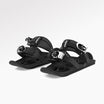
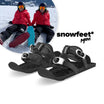
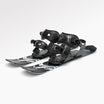
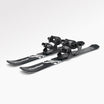

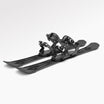

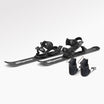







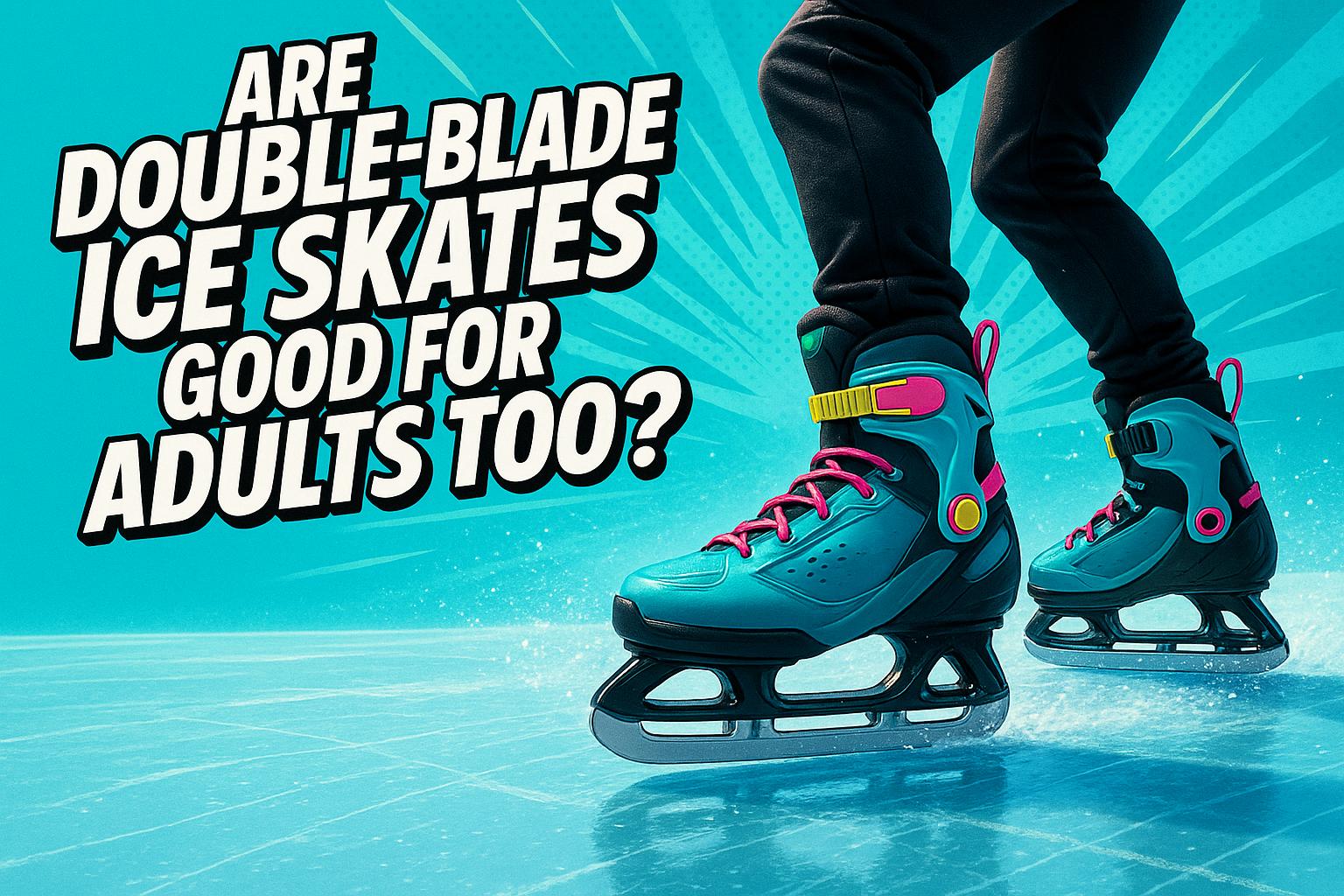





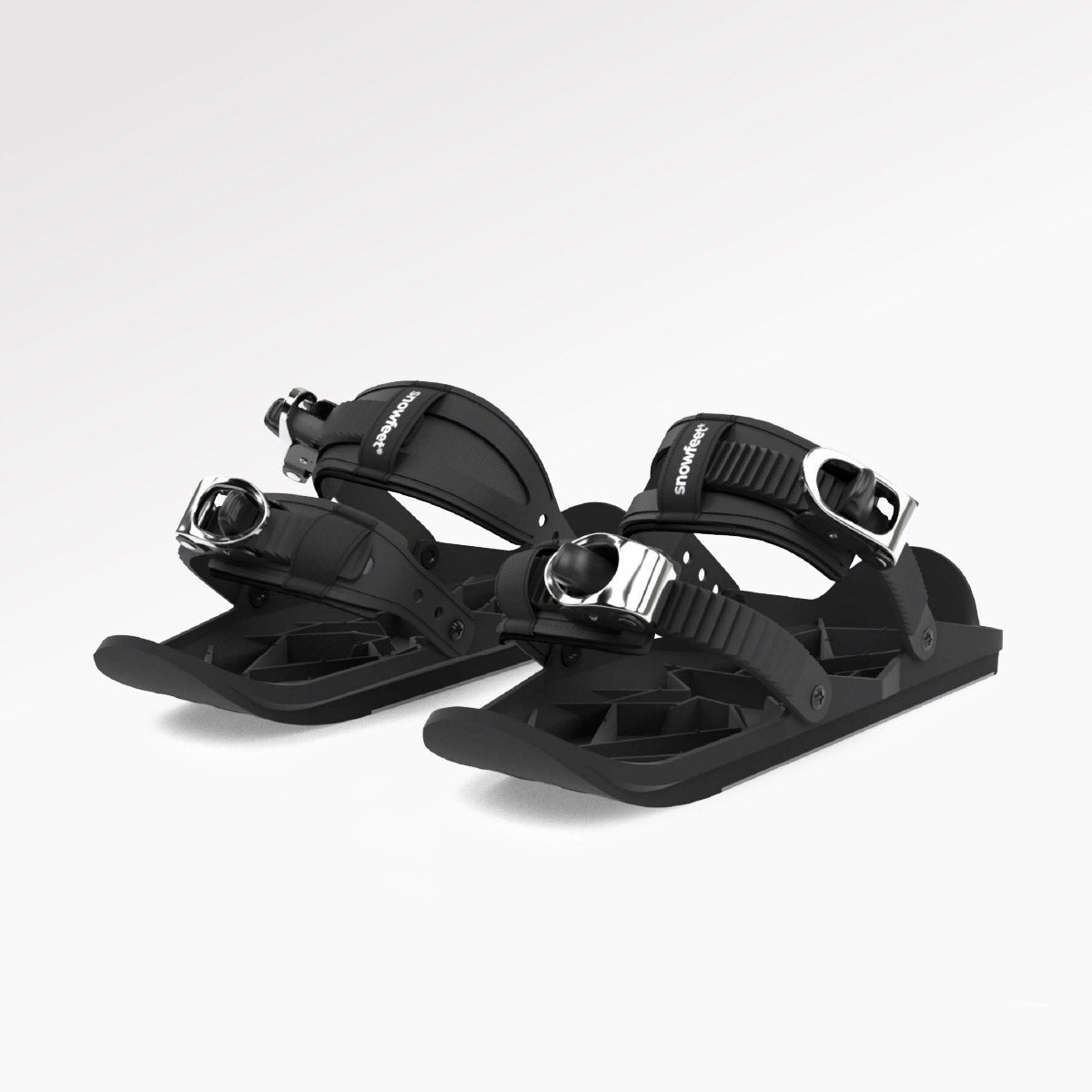
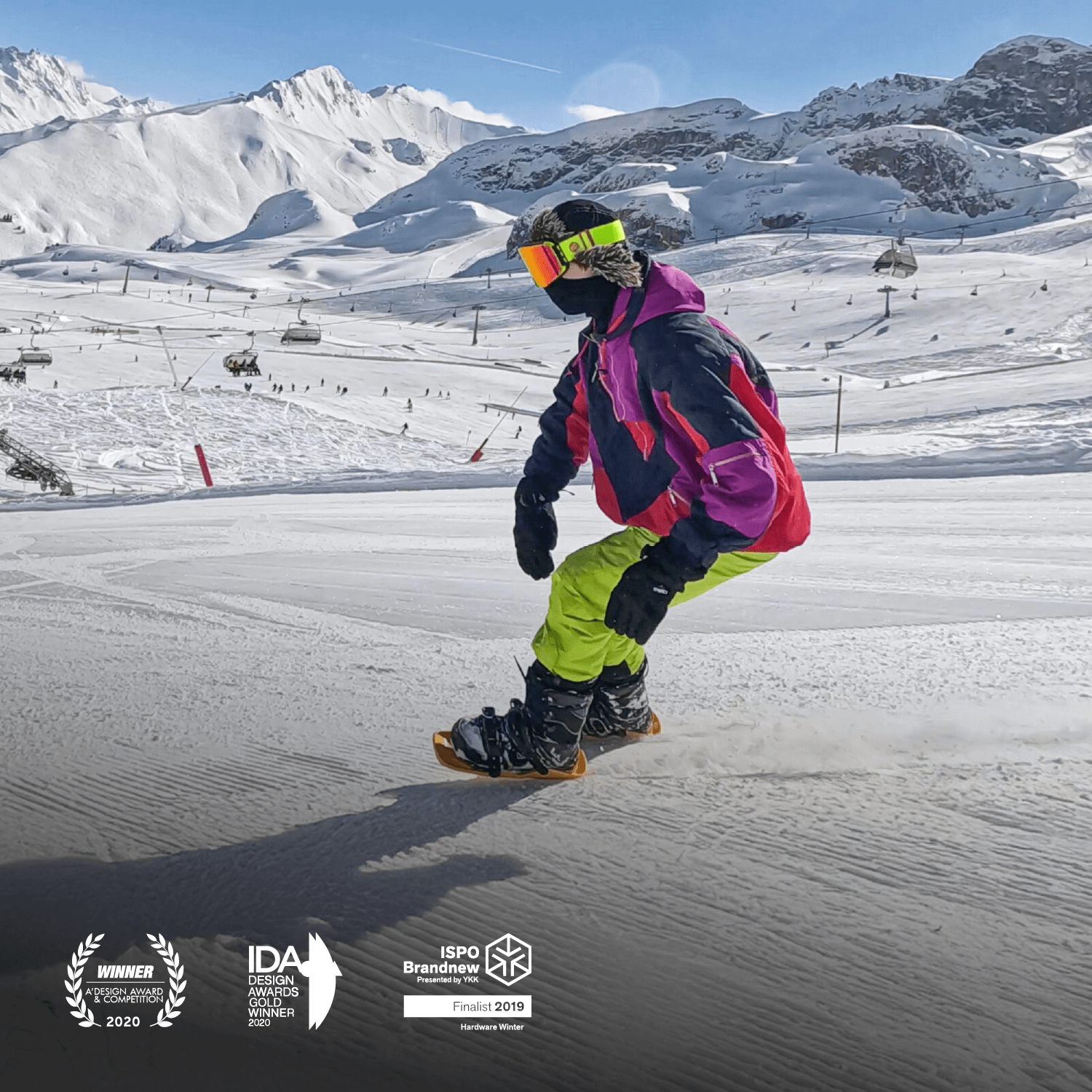
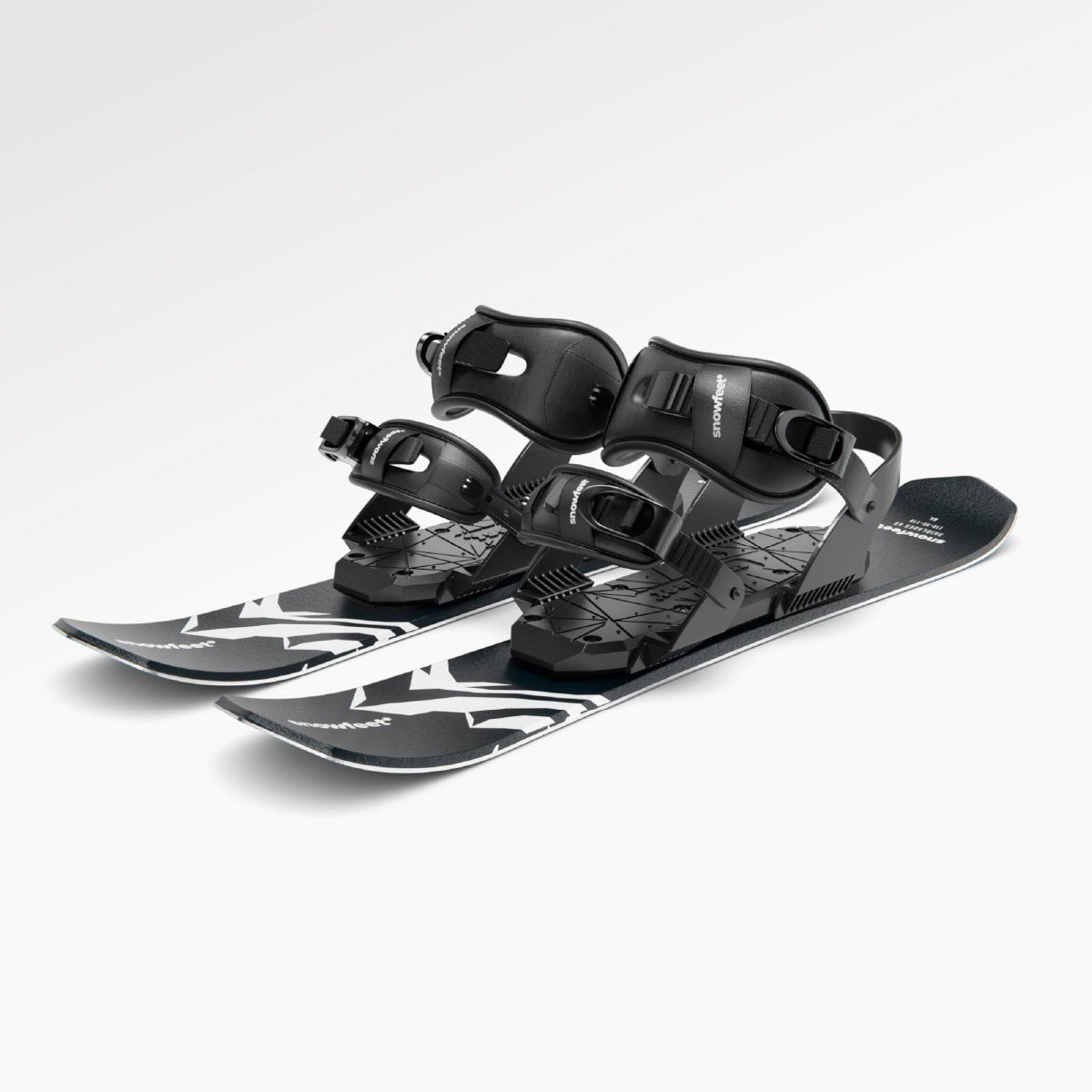

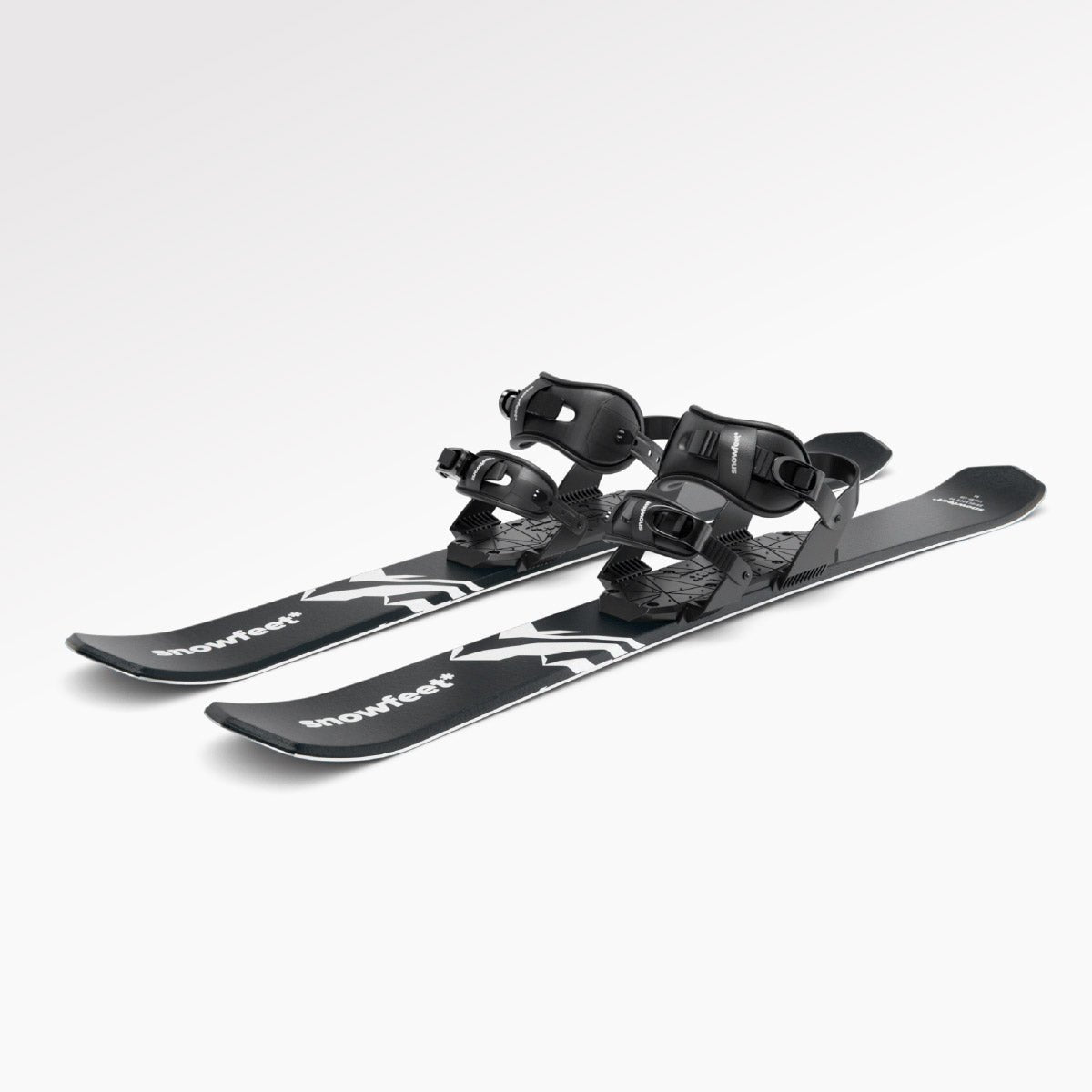

Lasă un comentariu
Acest site este protejat de hCaptcha și hCaptcha. Se aplică Politica de confidențialitate și Condițiile de furnizare a serviciului.